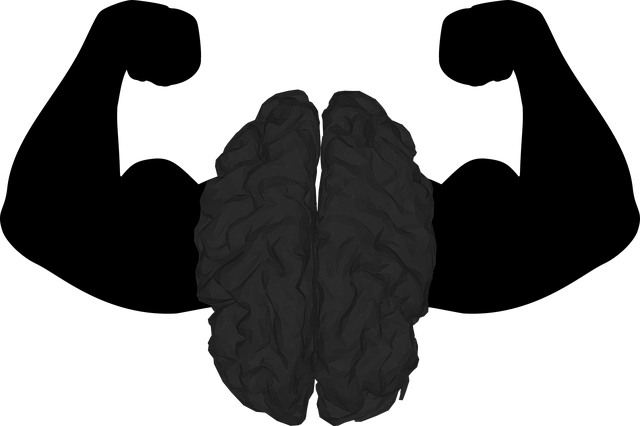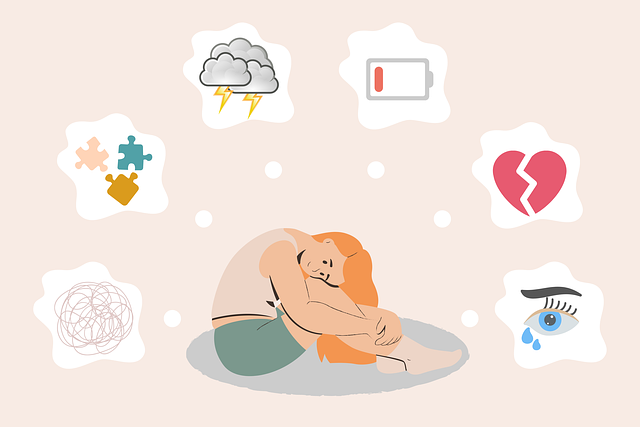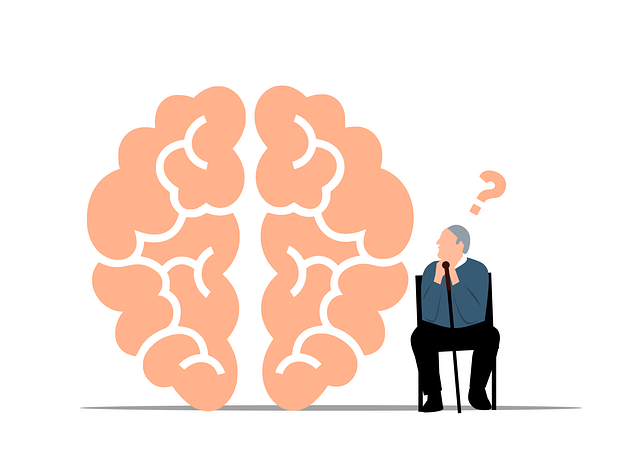The elderly population faces unique mental health challenges, including heightened anxiety, depression, isolation, and increased suicide risk due to age-related factors. Effective therapy for elders focuses on suicide prevention by assessing history, emotional state, coping mechanisms, cultural influences, and social factors. This tailored approach equips them with adaptive coping strategies, enhances resilience, and promotes positive treatment outcomes through evidence-based techniques that reduce stigma and foster open discussion of feelings and fears.
Mental health professionals play a vital role in identifying and mitigating risks among elderly patients, a demographic facing unique mental health challenges as they age. This article delves into the intricacies of risk assessment for this vulnerable population, covering crucial aspects such as recognizing suicidal ideation, ethical considerations, and implementing effective strategies to prevent therapy-related suicides. By exploring standardized tools, clinical interviews, and integrated treatment plans, we aim to equip professionals with essential skills for continuous monitoring and supportive interventions, fostering resilience in elderly patients.
- Identifying Risks in Elderly Patient Populations
- – Unique mental health challenges in aging adults
- – Assessing vulnerability and suicidal ideation
Identifying Risks in Elderly Patient Populations

The elderly population presents unique challenges for mental health professionals. Identifying risks within this demographic requires a nuanced understanding of age-related cognitive and emotional shifts. Many older adults may struggle with feelings of isolation, loss of purpose, or physical limitations, which can contribute to heightened anxiety, depression, and even suicidal ideation. As such, mental health practitioners must be adept at recognizing the subtle signs of distress in this vulnerable group.
Effective risk assessment involves delving into the patient’s history, exploring their emotional healing processes, and evaluating mood and stress management strategies. This may include discussing past traumas, life transitions, or recent losses, as these factors can significantly impact an elderly individual’s mental well-being. By integrating therapy for elders with a focus on suicide prevention, professionals can empower them to develop adaptive coping mechanisms, enhance their overall resilience, and ultimately promote more positive outcomes in treatment.
– Unique mental health challenges in aging adults

Aging adults face unique mental health challenges that require specialized attention from professionals. As life transitions occur, such as retirement or loss of loved ones, elders may experience heightened anxiety, depression, and feelings of isolation. These emotional shifts can be exacerbated by physical health issues, cognitive decline, and sensory impairments commonly associated with aging. Understanding these complexities is crucial for mental health professionals when providing therapy for elders.
The risk of suicide increases among older adults, making suicide prevention a critical aspect of care. Professionals must be adept at recognizing the subtle signs of depression and anxiety in this demographic, as they may present differently than in younger populations. Promoting positive thinking and developing support systems can significantly contribute to anxiety relief and overall well-being for aging individuals. Public awareness campaigns development that caters to the specific needs and challenges of elders is also vital in fostering a more supportive society.
– Assessing vulnerability and suicidal ideation

When conducting a risk assessment for mental health professionals, one of the critical areas to focus on is identifying and managing vulnerabilities related to suicidal ideation, especially among elders seeking therapy. This demographic often faces unique challenges that can contribute to elevated suicide risks. Mental health practitioners must be adept at unearthing subtle cues and understanding the intricate interplay between age-related factors, mental illness, and potential suicidal tendencies.
Assessing vulnerability involves delving into a patient’s history, current emotional state, and coping mechanisms, while also considering cultural and social influences. The goal is to foster a safe space for elders to express their feelings and fears openly. By employing evidence-based emotional well-being promotion techniques and nurturing inner strength development, professionals can play a pivotal role in suicide prevention. Additionally, efforts to reduce the mental illness stigma often associated with suicidal thoughts can encourage timely interventions and improve patient outcomes.
Mental health professionals play a vital role in identifying and mitigating risks among elderly patients, particularly those exhibiting suicidal ideation. By understanding the unique mental health challenges associated with aging adults, such as cognitive decline and social isolation, practitioners can develop tailored strategies to enhance therapy for elders. Regular screening and comprehensive assessment tools are essential in navigating these complexities and ensuring effective suicide prevention. Through proactive risk assessment, professionals can foster a supportive environment, offer targeted interventions, and ultimately contribute to the improved well-being of older adults.














